
Already today, Facebook and other well-known social networks are inviting you to add people you might know as friends, dating sites slip “suitable matches”, and intrusive ads based on your recent searches appear everywhere. These mechanisms are built on the AI-driven Recommendation Engine, a recommendation service driven by artificial intelligence. And people start to be afraid of him. Not because artificial intelligence will take over the world, as in the Terminator movie, but because it can become an instrument of the police state. But there is no need to be afraid of him, at least at this stage of human development.
Thanks to the emergence of artificial intelligence in the lives of living people, as well as thanks to the skills that people have endowed with machines, technologies have mastered not only basic human abilities, such as speech, writing and the ability to observe the world around them, but have acquired some unique creative abilities. The logical and quite predictable next step on the path of human development was the creation of various kinds of works of art using artificial intelligence. And today we will talk about whether intelligent machines will really compete with humans in their amazing ability to create unique things, what to expect from the interaction of two strongest opponents, and what are the opinions of experts working in this industry on the further development of this joint work.
Music
As artificial intelligence (AI) develops, so does its potential in creative fields, one of which is the music industry. The latest trend that AI has introduced into the music industry is composing music using machine learning algorithms. Despite the fact that "artificial" music is still far from the works of great classics, the algorithms have already managed to achieve surprising results.
An American programmer and Internet entrepreneur in the middle of the 20th century created and launched a file sharing service called Napster, which allowed users from all over the world to download and share music without any payments to the copyright holders. The platform, as expected, was quickly sued by the music industry establishment and eventually forced to shut down. Based on this experience, even now all over the world it is customary to pay for the use of any music, the fee is quite small, but the possibility of using royalty free music in our time from various music platforms has not been canceled.
Neural networks write melodies and learn to do it better every day. There are hundreds of examples of AI creativity. So, back in 2017, the album Hello World was released, completely created by artificial intelligence in collaboration with live musicians. Singer Taryn Southern, together with the Amper AI algorithm, recorded the song Break Free, and the neural network from the Flow Machines project, in collaboration with composer Benoit Carré, composed Daddy's Car, which is stylistically identical to the music of The Beatles.
The company has been teaching artificial intelligence to compose music for many years. She has previously demonstrated the capabilities of the MuseNet system, which independently composed full-fledged MIDI compositions. But artificial intelligence capable of creating songs of different genres with vocal parts is something new for it.
In addition to the kind of music we listen to every day, there is a separate huge layer of the industry - functional music. These are soundtracks for presentations, video inserts, background music for your commercial projects and much more. Such creativity does not bring glory to the authors, but is in good demand.
Tracks like these don't have to have a powerful emotional component, so it's probably logical to instruct a computer to write them. A large number of startups are now working in this area, and the TechStars accelerator has launched a separate TechStars Music program.
The largest players in this space are now two companies: Amper Music, which raised more than $ 9 million in total and Jukedeck, a London-based startup with an investment of $ 3.4 million.
You can choose a genre, mood and the program will create the music itself. A large bank of existing records is available on the site. The result can be used free of charge, marked as a Jukedeck, individually or for groups of less than 10 people. For $ 22, you can use the tracks in big companies. And for $ 200 you get all the rights to use the composition and do whatever you want with it.
Literature
Artificial intelligence can not only create music, but also write stories and poetry. Fully machine-generated prose is what Elon Musk's lab, OpenAI, suggested. Writers and journalists got excited. They decided that an artificial intelligence named GPT2 would deprive them of their work, because it creates "deep fakes for texts", that is, fakes the author's style so cleverly that he himself would not distinguish it from reality. This unusual opportunity can both help and harm humanity.
When a person creates plagiarism, it becomes a serious problem. But if a computer program is behind the counterfeit, this is progress, isn't it a paradox? However, publishers and bookstores rub their hands early in anticipation of profit: books written by the algorithm do not have to pay royalties to the author. The OpenAI model does not yet reach the level of Shakespeare or Charles Dickens, and sometimes even resembles the essay of an inept second grader, for example, when he writes about underwater fires.
Of course, in this area, as in any other, there is still work to do.
Cinema
In an interview with Little White Lies, director and producer James Cameron shared his vision of the future of cinema. The creator of "Titanic" and "Avatar" - the highest grossing films in history - admitted that the time when artificial intelligence (AI) can make movies is not far off. Cameron believes that nothing good will come of this venture, because the AI does not have the human qualities necessary to do this job.
For those who do not know what the movie "Alita: Battle Angel", produced by James Cameron. This is the story of a cyborg girl Alita, who has forgotten about her past, but learned her real destiny - to be a warrior. The events of the film unfold in the distant future, in which people, in order to be more perfect, replace parts of their body with cybernetic components, while the brain remains alive. Nowadays, scientists are developing artificial intelligence (AI): these are not only virtual assistants ("Siri", "Alice", "Alexa", etc.), but also various neural networks that already now can not only perform the simplest tasks, but also learn how to perform professional activities. In an interview with Little White Lies, James Cameron told what would happen if AI suddenly began to trust in making movies.
He thinks a lot of AI experts will love the idea. They will create a database that will include all the films made, and then open up access to neural networks so that they can analyze why these films are liked by viewers. And then the artificial intelligence will be able to shoot a movie itself - and it will be bad, well, maybe not entirely terrible, but not the way we used to see it. Because artificial intelligence doesn't really exist in embodiment, because it doesn't have human experience. It will be a cinematographer who knows other films but doesn't understand what it means to be human. You should not go to film school just because you consider yourself "turned" to the cinema, because there you will not learn anything, you will just learn some new films for yourself. If you have nothing to say, then you shouldn't make a movie. James Cameron is of the opinion that he did just that.
Director James Cameron, who has shot two of the highest-grossing films in the history of the world box office, is confident that artificial intelligence will not be able to do creative work, as, for example, it does mathematical calculations. In his opinion, if AI suddenly trusts to make films, then such films are unlikely to be in demand among viewers.
Art
We are probably already on the verge of a new era of creativity, when the AI and the artist become co-authors, complementing each other in those areas and "skills" where they are most powerful.
New digital technologies, in particular artificial intelligence, are fundamentally changing the nature of not only "traditional" technical professions, but also penetrated into the artistic environment, influencing creative processes, and even a phenomenon called digital art has emerged.
They have already begun to play a very important role in creative activities such as music, architecture, visual arts. Without the use of digital processing and computer effects, it is impossible to imagine either modern cinema or, as we have already said, music. “Computer” today has literally become a canvas, a brush, and a musical instrument. Apparently, the next step in the development of digital art will be the use of a “computer” not only as a tool for realizing human ideas, but as an independent creative entity.
Neural style transfer is the simplest and most popular form of using AI in creativity. The model is based on image stylization and is built on the basis of super-precise neural networks (CNN). It is embedded in popular mobile applications such as DeepArt and Prisma. There are two images at the input of the model - template-style and original. With high styling, the algorithm optimizes the parameters so that the results of transforming the template and the original are as close as possible in the intermediate CNN layers that are responsible for the metaimage. The styling factor can be adjusted.
The technology allows you to successfully imitate the style of Van Gogh, Monet using a library of templates. Each template corresponds to a set of parameters of the pretrained neural network. The technology makes it possible to use images of characters in advertising and product promotion.
When using this kind of technology, the question of copyright inevitably arises. The stylization of famous characters raises the question of where is the border between them and the original and how to protect the copyright of the brand's carriers. Apparently, AI will be able to solve this issue too, creating a collective image based on recognizable brands, supplementing it with “random noise”.
The result of processing in the intermediate layers of the neural network is also used in DeepDream technology from Google in 2015. The result of application is closest to the style of the late Dali and psychedelic art of the 80s. If the input of the model is a photograph of a real object, then the result is difficult to distinguish from the work of the artist - the technology passes the Turing test. The parameter of the model is the processing depth - in fact, the number of the neural network layer.
CAN
Another type of CAN (creative adversarial networks) works on the same principle, except for one important detail. The discriminator has many classes, each corresponding to its own style - impressionists, surrealists, etc. Thus, the output of the generator is stylized images.
Neural style transfer technologies, Deep Dream allow you to create objects that in many cases do not differ from human creations. The generation of random images in these technologies adds spontaneity to the creativity of artificial intelligence and allows you to take a step forward compared to deep stylization. To be sure, the gap between AI and humans is closing. Nevertheless, apparently, in the near future it will not be completely overcome, since it is the person who sets up the model, selects training examples and uses technology for creativity.
Conclusion
The idea that machines can be artists, or even replace artists, as they have replaced some professions, looks too daring for now.
Artificial Intelligence presents extraordinary tools for work and a new and unusual experimental field for artists in the visual arts and entertainment industry (game design, cinemam, cryptocurrency - CGI, etc.), and also simplifies and automates routine processes. However, the more automated the process of creating works of art becomes, the higher the value of the idea behind them increases.







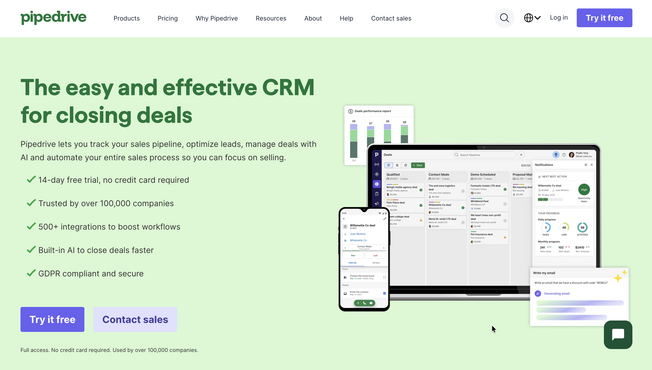

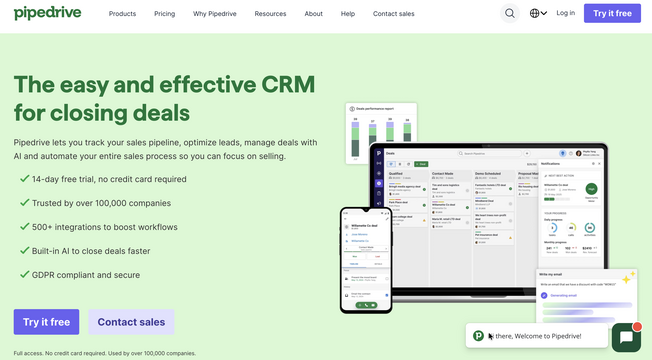
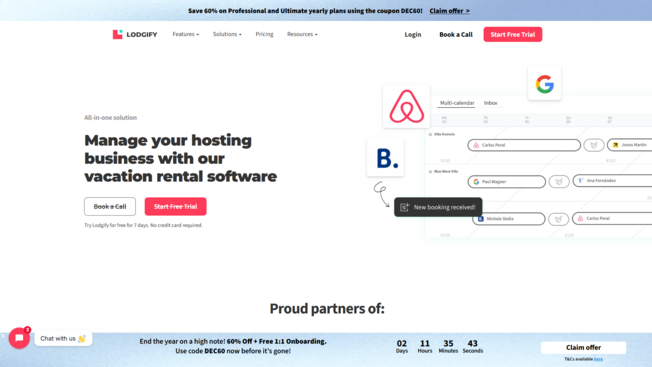



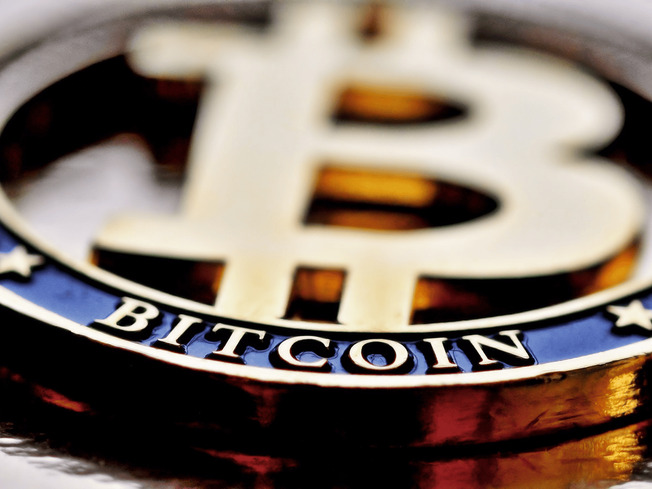

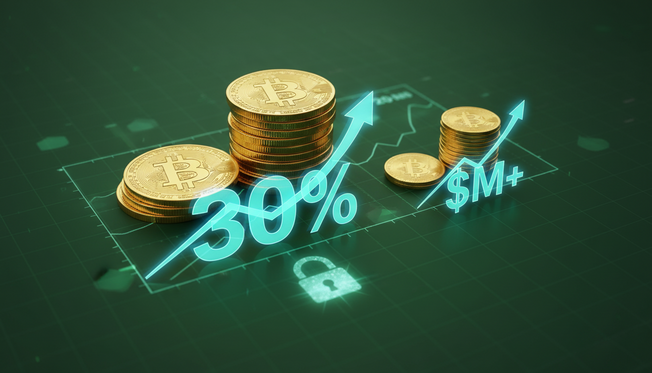
Leave a Reply